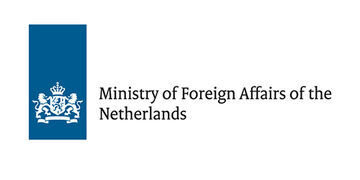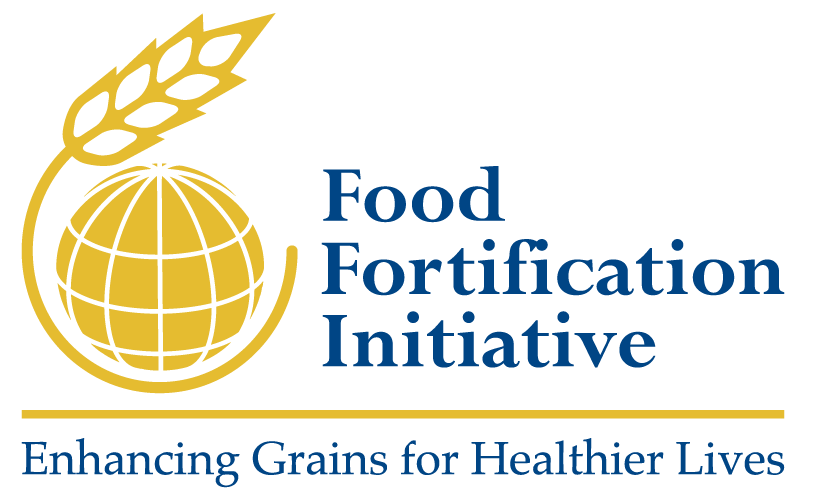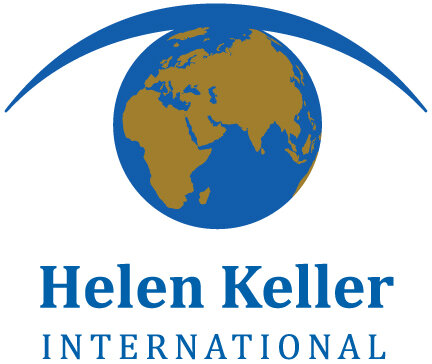Training Workshop on Quality Assurance and Quality Control for Flour Fortification
When
11 May 2015 - 14 May 2015
Where
Location: Meikles Hotel, Harare, Zimbabwe
Region: Africa
Objective
The overall objective was to provide training to those who had been identified by the national stakeholders in countries in Southern, Central and Eastern Africa as responsible for the key components in the national maize and wheat flour fortification programme. The stakeholders included government food control officials, regulatory inspectors, and milling industry personnel.
Summary
See the full meeting report here.
Recommendations and suggestions from the meeting included the following:
Scale of fortification. Most programmes focus on large-scale fortification by big industrial mills which is an easy way to reach a large part of the population. However, some participants want mostly initiatives for small-scale (hammer) mills in rural areas. Keep in mind that more people will benefit from large-scale fortification programmes As urbanization increases in Africa. On the other hand, fortification programmes should include efforts to support small scale fortification for which another approach and technology is needed. In small-scale fortification, it is more difficult to control the process and assure adequate fortification. This implies the need of training of local millers and workers on this topic.
Other grains. In some countries, the staple food is not wheat or maize, but sorghum (e.g. Botswana). Fortification of sorghum flour is possible and similar to the practices used in wheat or maize flour fortification. Also cassava flour is part of the diet in some countries. Cassava flour can also be fortified.
Premix. William Kapfupi (National Foods, Zimbabwe) highlighted the importance using a suitable premix for fortification. It is easier to control the addition of nutrients by using a premix rather than separate minerals and vitamins. If added individually, up to seven different nutrients would be added in different concentrations. Premix suppliers provide support in producing the suitable, high quality premix.
Raw material. The major difference between commercial milling and a small hammer mill is the raw material quality control. An industrial mill has to perform extensive quality control on the raw material before acceptation. A small mill will mill the product provided by clients without checking the quality. This may lead to fortification efforts being overruled by other harmful effects such as high mycotoxin levels.
Equipment. High-quality fortification technology is required. Before purchasing equipment, ensure that spare parts and support are available in case of problems.
Legislation: keep legislation a short as possible and make conditions and terms in the regulations and standards easy to update. Also keep them updated!
Standards: A wide variety of individual country standards may limit the trade in cereal products among countries. It is recommended that regional organisations harmonize the standards on flour fortification.
Inspections: Before inspectors go to a company, provide them with all the details and papers needed. Keep the inspection simple and structured, which is needed for a well-established control system. Millers will show inspectors how well they are putting fortification into practice. A simple inspection is to compare the total amount of flour production and the amount of premix used in a certain period of time. Industry faces inspections for different reasons; sometimes different inspections from the same ministry are performed for different regulations at different times. The industry participants ask to combine these inspections in the future.
Advocacy and Communications: This is a necessary part of every fortification program.
Monitoring: Fortification programmes are necessary to redirect the program if goals are not reached. However, monitoring requires a lot of effort and government funding. The Global Alliance for Improved Nutrition and Smarter Futures suggested the FACT and FORTIMAS tools to be used as part of a monitoring system.
Agenda
The workshop followed the World Health Organization (WHO) and Food and Agriculture Organization (FAO) schematic for regulatory monitoring as published in the WHO and FAO Guidelines on Food Fortification with Micronutrients, 2006. The workshop was separated into sessions covering the following:
food fortification legislation, regulations and standards
internal monitoring
external and commercial monitoring.
Presentations were made by international experts, and national experts from participating countries. One day was set aside for practical exposure and training on fortification of both maize and wheat flour at the National Foods Limited and the Government Analyst Laboratory, both in Harare, Zimbabwe. Participants then worked in groups by background and area of interest before reconvening into their respective countries to prepare a presentation on what is currently available in their countries and develop recommendations and next steps which were then presented on the last day of the meeting. See links to the country presentations below in the participant section.
See the full agenda, and all presentations are below. See more photos of the event here.
Participants
Participants included 80 flour millers and government food-control and nutrition staff from 10 countries. They worked in groups by background and area of interest before reconvening into their respective countries to prepare a presentation on what is currently available in their countries. Click on the country name below to see the their recommendations and next steps which were presented on the last day of the meeting.
Namibia (no country report as only one participant was from Namibia)
The countries were represented by their food industry, government nutrition and regulatory monitoring staff from Ministries of Health, and Trade and Industry. Zimbabwe, as the hosts, had the largest contingent drawn mostly from Ministry of Health and Child Care departments and industry representatives. See the complete participant list.
Presentations
Sponsors
The workshop was hosted by the Ministry of Health, Zimbabwe, with support from:
Smarter Futures
UNICEF
Global Alliance for Improved Nutrition (GAIN)
Project Healthy Children (PHC)
BioAnalyt GmbH
Muehlenchemie
Hexagon
DSM
National Foods Zimbabwe
Smarter Futures is a partnership for Africa of the International Federation for Spina Bifida and Hydrocephalus, AkzoNobel, Helen Keller International, the Government of the Netherlands, and the Food Fortification Initiative.
See more at www.smarterfutures.net
Smarter Futures Partners
![akoznobel_logo[1].JPG](https://images.squarespace-cdn.com/content/v1/5e1df234eef02705f5446453/1597259591477-1PYHKVHWGY2EDZ2L4W4T/akoznobel_logo%5B1%5D.JPG)























